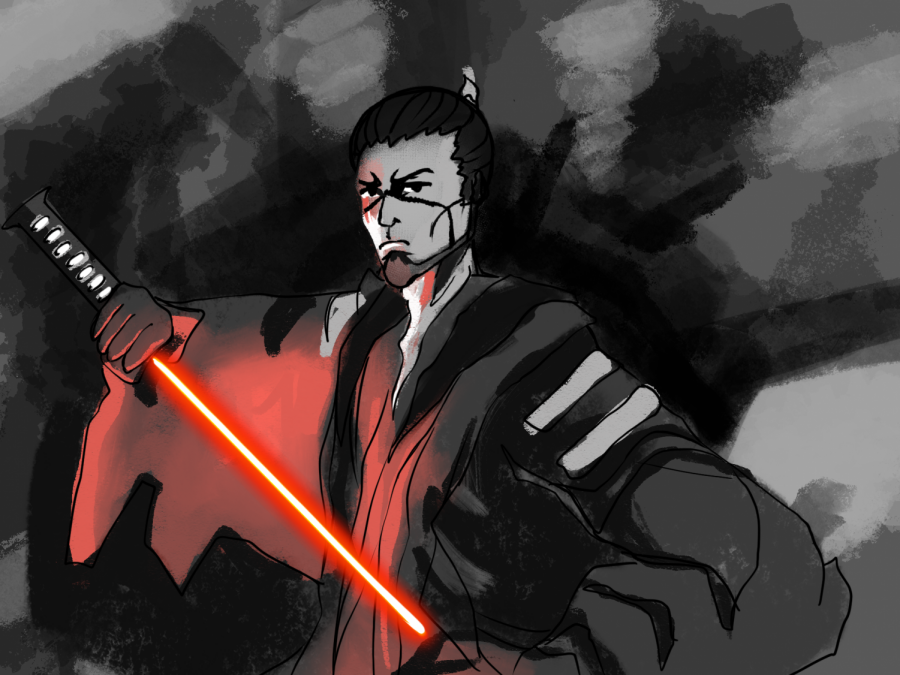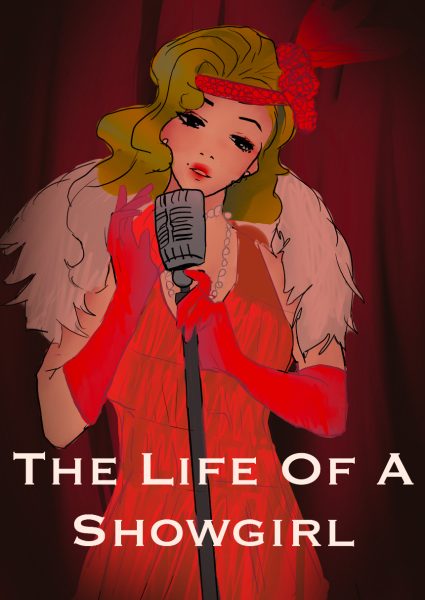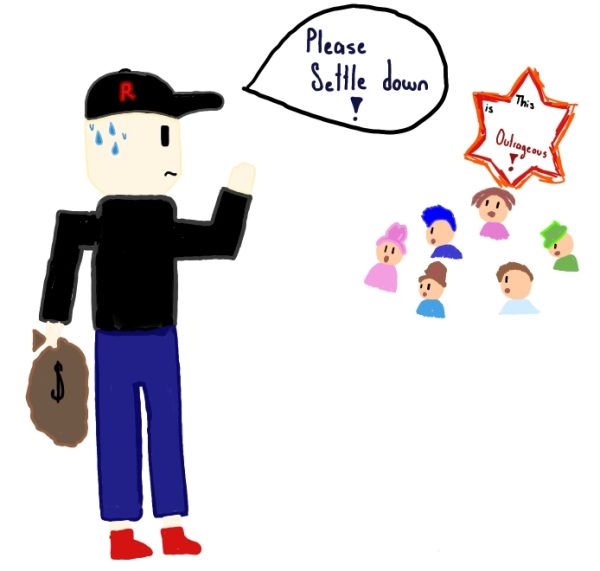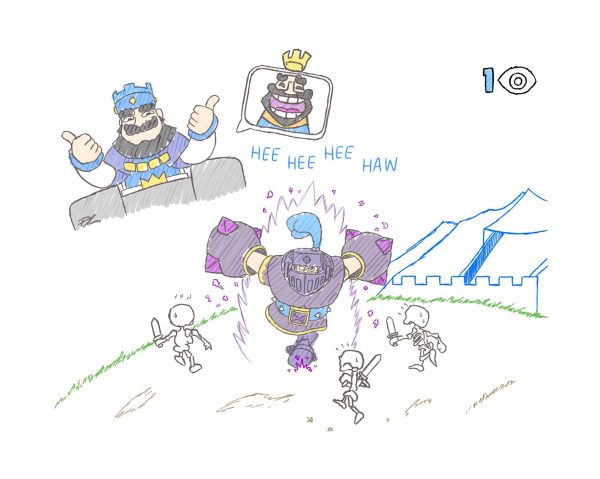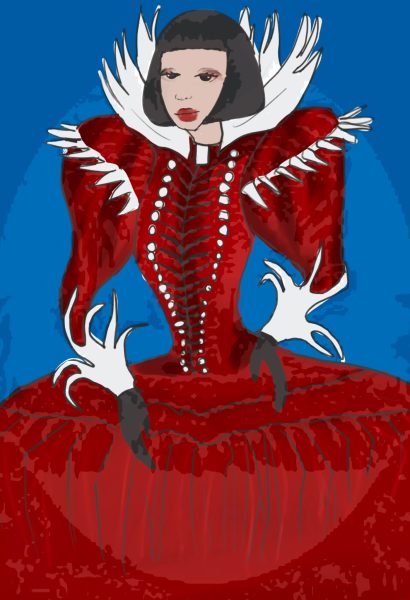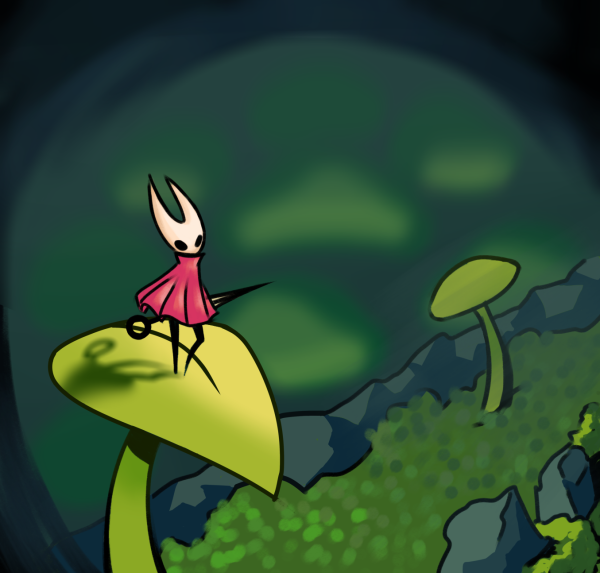‘Visions’ brings traditional Japanese culture to ‘Star Wars’ universe
When Disney+ first launched, many were disappointed over the lack of new media, despite the large collection of movies and television shows already owned by Disney. However, that opinion does not hold much value anymore. Over the course of 2021, Disney has been steadily releasing many new TV shows to its streaming service Disney+, from “The Bad Batch” to “What if?” The entertainment powerhouse is releasing so many shows, in fact, that it’s almost too much to keep up with. With no movie in the near future, the “Star Wars” umbrella desperately needed some original work, leading to the newest addition to Disney+: “Star Wars Visions.”
“Visions” is an animated show consisting of nine separate stories. These “episodes” are not from Disney, though—they were created by seven influential Japanese animation companies, each creating its own (or two of its own) episodes. Some of the studios include Science Saru, creator of “Ping Pong the Animation,” Studio Trigger, creator of “Kill la Kill,” and Production I.G., creator of the widely-known “Attack on Titan.” The nine short films are completely separate: “TO-B1” details the life of a robot boy who wants to become a Jedi, contrasting “Tatooine Rhapsody,” a story about a young Jedi who hides his identity to become a band singer.
Despite being a recent “Star Wars” show, the stories in this show aren’t actually canon, meaning that they never actually happened in the overall “Star Wars” universe. Although it may be seen as a limitation, this distinction actually is a liberation because it allows these episodes to run wild in any direction, no matter how crazy. “The Twins” starts its story by introducing two siblings, both strong in the dark side of the Force, when one decides to betray the other and turn to the light side. In the course of the episode, they fight in space (with no helmets on) and destroy the entire spaceship they lived on. The sister ends up having six lightsabers (and appears to grow four extra arms) while the brother defeats her by igniting a comically large lightsaber. A story like this sounds like it doesn’t make sense, and it wouldn’t—in any other medium. Because “The Twins” and the entirety of “Visions” illustrate their stories with Japanese animation styles, they can convey these crazy themes without betraying its source material.
All of the stories contain many nods to traditional Japanese culture, from the art style and values to the character names and stories. For example, in “The Village Bride,” the villagers are deeply connected to the Force through nature, and the main protagonist wields a lightsaber shaped like a katana. Despite this similarity, every episode is extremely distinct, even among films made by the same anime studio. For example, “The Duel” stands out not only because of its simple plot about a rogue swordsman fighting a rival sith, but also because of its detailed, charcoal-esque art style. Everything in “The Duel” is colored in whites, greys, and blacks like a piece of charcoal art, except for blaster fire and the signature lightsabers, causing them to stand out even more. Contrasting “The Duel” is “Lop and Ochō,” a more complicated story about a family divided over whether the Galactic Empire should be trusted in industrializing their planet. The art in this story is vibrant and pastel-like, complemented by sakura trees and more colorful lightsabers.
Don’t let these differences fool you: the stories are still definitely part of “Star Wars.” Nevertheless, “Visions” gives a different perspective on “Star Wars” from an entirely different culture. Although not all episodes are the same in quality, the enthralling stories and captivating, beautiful art from “Visions” are certainly worth a watch.
Your donation will support the student journalists of Saint Viator High School. Your contribution will allow us to purchase equipment and cover our annual website hosting costs.



